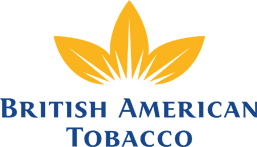
Sir James was tempted back into the UK takeover market in 1989 by a prospect too exciting to pass by – British American Tobacco (BAT), one of the biggest tobacco companies in the world. While his return to the UK scene made plenty of company chairmen nervous, he was greeted with excitement by the City, the press and the Thatcher government, and found public opinion had finally come around to his views that takeovers were good for the economy.
BAT was a prime candidate for the Sir James treatment of selling off diversifications and trimming back to core operations, given it had recently acquired a range of US and UK companies including insurance and retail. Joining forces with his usual backers Jacob Rothschild and Kerry Packer, Sir James put together a close to £14bn bid in July 1989 through Hoylake, a Bermuda-based vehicle. It was nearly £10bn higher than the previous highest takeover bid in Britain, and the value of BAT rose by £3.7bn pounds in just three hours. That day, Sir James introduced a new term into the takeover lexicon: instead of talking about restructuring or breaking-up, he and his partners intended to ‘unbundle’ BAT.
“You have a major conglomerate where the parts would be worth more outside than in. Tobacco is an industry with a great deal of cash flow and profits. That cash is better with the shareholders than invested in other businesses.”
However, BAT fought hard, and the takeover battle ran until April 1990 when Sir James finally admitted defeat – bought down by troubles with US regulators over BAT’s insurance businesses in the States [link to articles], and undermined by the fact BAT put in place a restructuring plan very similar to the one proposed by Sir James and his partners.
After more than thirty-five years in business, Sir James decided to retire and devote his time to defending the environment.
